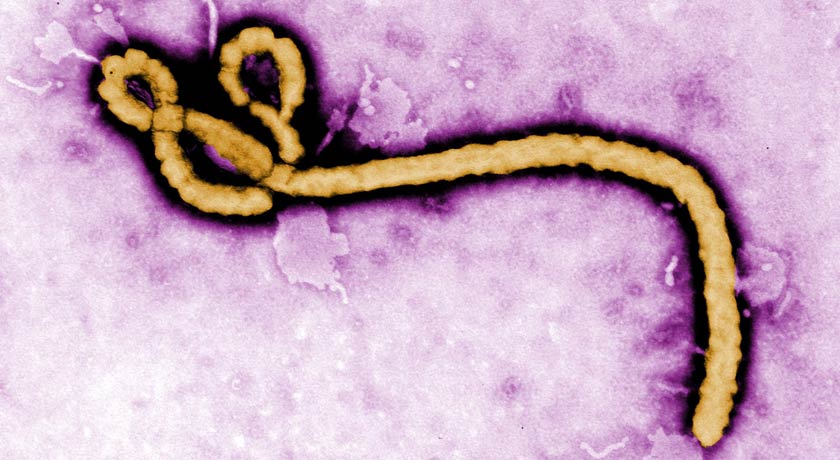Ebola A family of viruses that cause a deadly disease in people. Most cases occur in Africa and Asia. Its symptoms include headaches, fever, muscle pain and extensive bleeding. The infection spreads from person to person (or animal to some person) through contact with infected body fluids.
epidemic A widespread outbreak of an infectious disease that sickens many people in a community at the same time.
germ Any one-celled microorganism, such as a bacterium, fungal species or virus particle. Some germs cause disease. Others can promote the health of higher-order organisms, including birds and mammals. The health effects of most germs, however, remain unknown.
hemorrhage (adjective is hemorrhagic) Related to major or uncontrolled bleeding, often internally.
infection A disease that can spread from one organism to another.
influenza (or flu) A highly contagious viral infection of the respiratory passages causing fever and severe aching. It often occurs as an epidemic.
reservoir A large store of something. Lakes are reservoirs that hold water. People who study infections refer to the environment in which germs can survive safely (such as the bodies of birds or pigs) as living reservoirs.
vaccine A biological mixture that resembles a disease-causing agent. It is given to help the body create immunity to a particular disease. The injections used to administer most vaccines are known as vaccinations.
virus Tiny infectious particles consisting of RNA or DNA surrounded by protein. Viruses can reproduce only by injecting their genetic material into the cells of living creatures. Although scientists frequently refer to viruses as live or dead, in fact no virus is truly alive. It doesn’t eat like animals do, or make its own food the way plants do. It must hijack the cellular machinery of a living cell in order to survive.
zoonosis (plural: zoonoses) Any disease that originates in nonhuman animals and is later contracted by people. Many zoonotic diseases also spread among a host of non-human species. For instance, the type of swine flu that sickened people throughout the world in 2009 also infected marine mammals, including sea otters.








